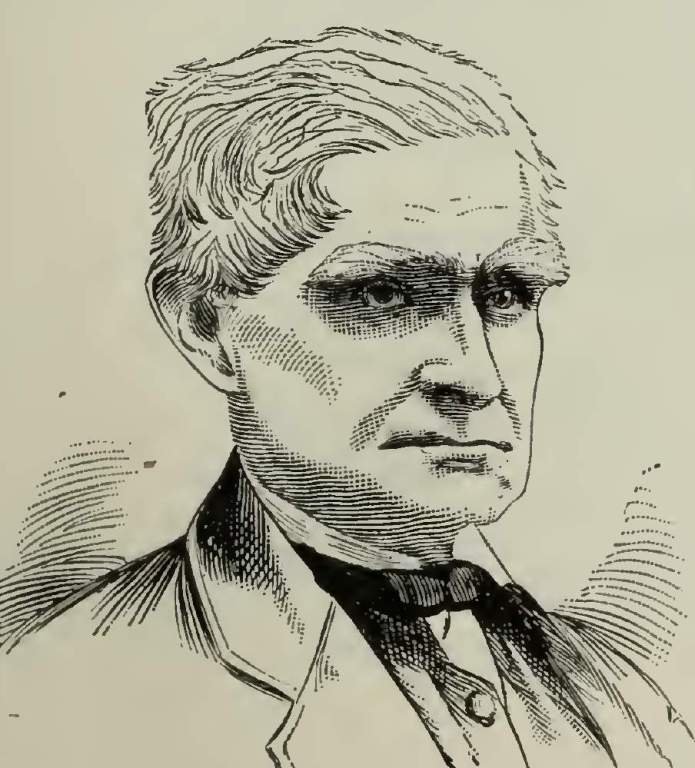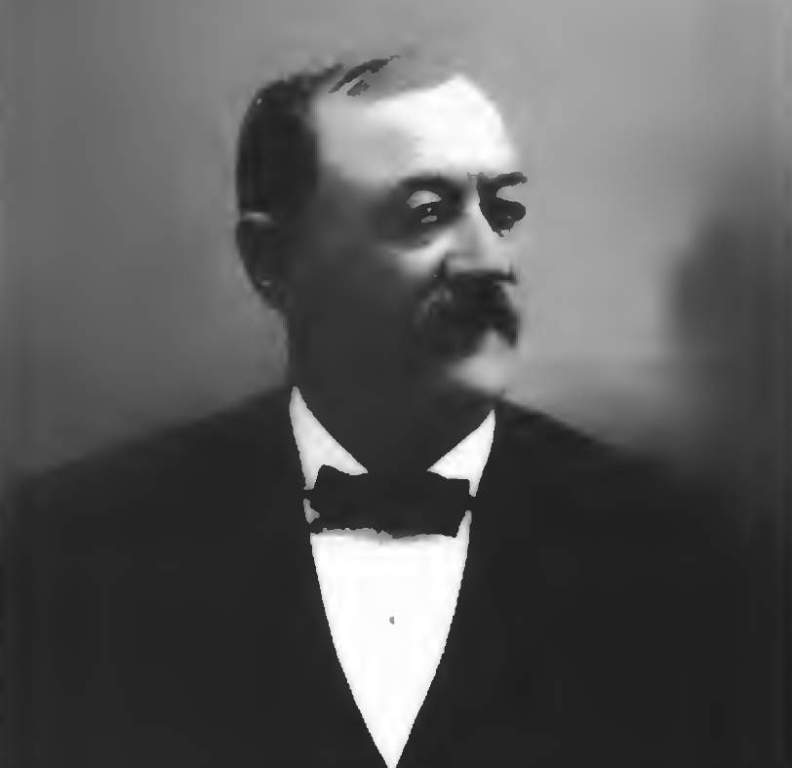The Tanana name comes from the Tanana River, which flows through their homeland in present-day east-central Alaska. About 130 air miles west of Fairbanks, Tanana is located in Interior Alaska, two miles west of the Tanana-Yukon River junction. TAH-nuh-naw is pronounced similarly to TANAINA, whose name means “the people”. Tanana is thought to have been the first name given to the river, and its meaning is obscure.
From the confluence of the Tanana River with the Yukon River to the Tok River, people have inhabited lands along both rivers. Scholars have considered the Nabesna as a subtribe of Tanana, and in fact, they are sometimes referred to as Upper Tanana, living along the Nabesna and Chisana Rivers south of the Tok River.
There were many tribes in the region that were ATHAPASCANS, or Athapascan-speaking, including the Tanana, Tanaina, AHTENA, HAN, KOYUKON, and KUTCHIN (among whom the Tanana were once mistakenly grouped), as well as other tribes in the area. They were classified as SUBARCTIC INDIANS, i.e., part of the Subarctic Culture Area. As seminomadic people, the Tanana hunted, fished, and gathered wild foods in small groups, although they maintained villages in their territory. A few miles downstream of the mouth of the Tanana River was Noukelakayet Station, later known as Fort Adams.
As well, they traded with neighboring tribes, such as the Tutchone, who lived in what is now Canada’s Yukon Territory to the east of them. Traditionally, the Tanana tribe was a nomadic group of hunters who relied on caribou, moose, and mountain sheep for food and clothing. In 1868, when the French-Canadian François Xavier Mercier established the first fur trading post in the area, there were as many as five different Athabascan languages spoken.







